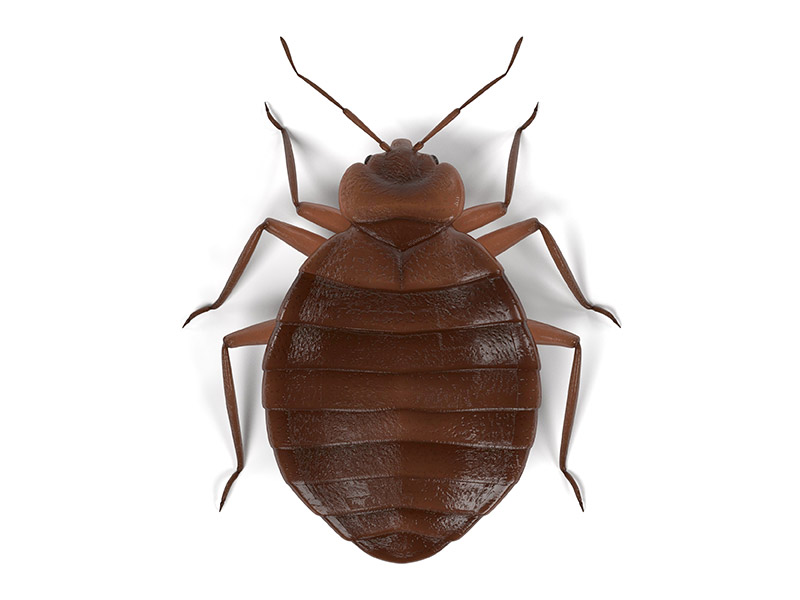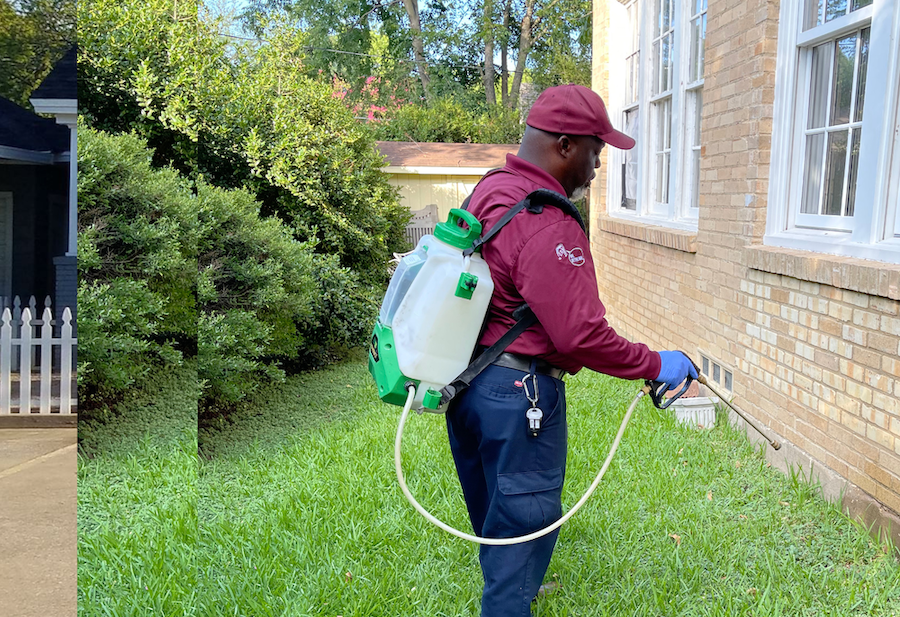Opt for expert Pest Control to maintain a pest-free home.
Eco-Friendly Pest Control Approaches for Handling Wildlife in Urban Locations
Urban areas often locate themselves at the intersection of human activity and wildlife, leading to special difficulties in pest administration. These approaches not only safeguard the setting but additionally boost area involvement in wildlife monitoring. As city populaces continue to expand, comprehending the characteristics of wild animals communications ends up being increasingly critical.
Recognizing Urban Wildlife Dynamics
Comprehending Urban Wild animals Dynamics is necessary for creating efficient and environmentally friendly bug control approaches. Urban areas are progressively ending up being environments for numerous wild animals varieties, driven by factors such as habitat fragmentation, food accessibility, and human advancement. Identifying these dynamics enables a nuanced approach to pest monitoring that lines up with ecological concepts.
Urban wild animals often consists of varieties such as raccoons, squirrels, and birds, which adjust to city settings, finding specific niches in environment-friendly rooms, parks, and also houses. Their existence can result in disputes with human beings, especially when they exploit personnels for food and shelter. Understanding the behaviors and environmental roles of these varieties educates techniques that lessen adverse communications while advertising biodiversity.
In addition, recognizing the interdependencies within urban ecosystems assists in identifying crucial areas for environment preservation and restoration. This knowledge adds to the advancement of integrated pest monitoring (IPM) methods that consider the environmental equilibrium, consequently lowering reliance on damaging chemicals. By cultivating conjunction in between people and metropolitan wildlife, cities can develop healthier settings that benefit both homeowners and neighborhood ecosystems, leading the way for sustainable metropolitan living.
All-natural Repellents and Deterrents
All-natural repellents and deterrents use a sustainable option to conventional parasite control methods by harnessing the power of nature to maintain undesirable varieties away. These eco-friendly solutions usually make use of plant-based components, necessary oils, and various other naturally occurring compounds that hinder pests without damaging the environment.
One efficient all-natural repellent is peppermint oil, which is recognized to repel rodents and pests. Its solid scent is unpleasant to several pests, making it a popular option for metropolitan settings. Likewise, vinegar and citrus peels can work as deterrents, as their solid odors are generally uninviting to various wildlife.
Additionally, diatomaceous earth is a natural powder that can be spread out in areas susceptible to pest activity, efficiently dehydrating and hindering bugs without positioning risks to non-target varieties. Moreover, garlic sprays and neem oil are recognized for their ability to repel a wide variety of insects, consisting of both bugs and larger wildlife.
Carrying out these all-natural repellents not only reduces reliance on chemical pesticides however additionally advertises a healthier city community, cultivating a much more well balanced coexistence between humans and wildlife. By using these techniques, urban locations can successfully handle insect populaces while decreasing environmental effect.
Environment Modification Methods
Effective environment modification methods play a crucial function in lasting bug administration by modifying the atmosphere to make it less favorable to pest infestations. By comprehending the ecological characteristics of metropolitan areas, homeowner can apply calculated modifications that discourage parasites while promoting biodiversity.
(Home Pest Control)One key technique entails keeping proper sanitation. This includes routine waste elimination, safeguarding garbage can, and eliminating standing water to lower reproducing sites for pests and rats. Additionally, landscaping methods such as choosing native plants can enhance ecological balance, supplying environments for beneficial organisms while decreasing resources for pests.
One more important approach is to seal entry points in buildings. Examining and fixing fractures in structures, walls, and home windows can considerably lower insect accessibility. Producing physical obstacles, such as fencings or plant buffers, can hinder wildlife motion into human-inhabited areas.
Integrated Bug Administration Practices
Structure upon environment alteration techniques, integrated parasite administration (IPM) techniques supply an all natural technique to managing pest populaces while decreasing ecological effect. IPM integrates numerous approaches, consisting of organic, cultural, mechanical, and chemical controls, to attain reliable insect monitoring.
Biological control involves the intro of natural predators or bloodsuckers to reduce parasite populaces. Cultural practices, such as plant rotation and cleanliness, interfere with pest life process and diminish their environments - Pest Control. Mechanical controls, like catches and barriers, give prompt remedy for insect pressures without chemical intervention
Chemical controls are used as a last resource, focusing on targeted applications that limit harm to non-target varieties and the atmosphere. The selection of eco-friendly chemicals, when necessary, is essential to the IPM structure. Additionally, keeping track of pest populations and examining prospective damages helps notify decision-making, ensuring that interventions are timely and reliable.
Area Involvement and Education

(Tentless Termite Treatment)Workshops and informative sessions can furnish homeowners with expertise about native species, habitat preservation, and efficient safe bug management methods. Cooperation with colleges, regional organizations, and government agencies better boosts academic outreach, ensuring that essential info gets to diverse audiences.
Additionally, community-led efforts, such as community clean-up days and habitat restoration projects, not just advertise biodiversity however likewise strengthen community ties. check over here Pest Control. By encouraging homeowners to share their experiences and observations, areas can create targeted techniques that attend to particular neighborhood pest problems
Incorporating feedback from locals into parasite monitoring intends allows a much more receptive and adaptive approach to wildlife challenges. Inevitably, notified and involved communities are key to accomplishing lasting success in environmentally friendly insect control, bring about much healthier metropolitan settings that appreciate both human and environmental requirements.

Verdict
In verdict, eco-friendly parasite control approaches offer lasting options for managing urban wild animals. By prioritizing habitat adjustment, utilizing natural repellents, and applying integrated parasite monitoring methods, neighborhoods can cultivate an unified coexistence with neighborhood fauna.